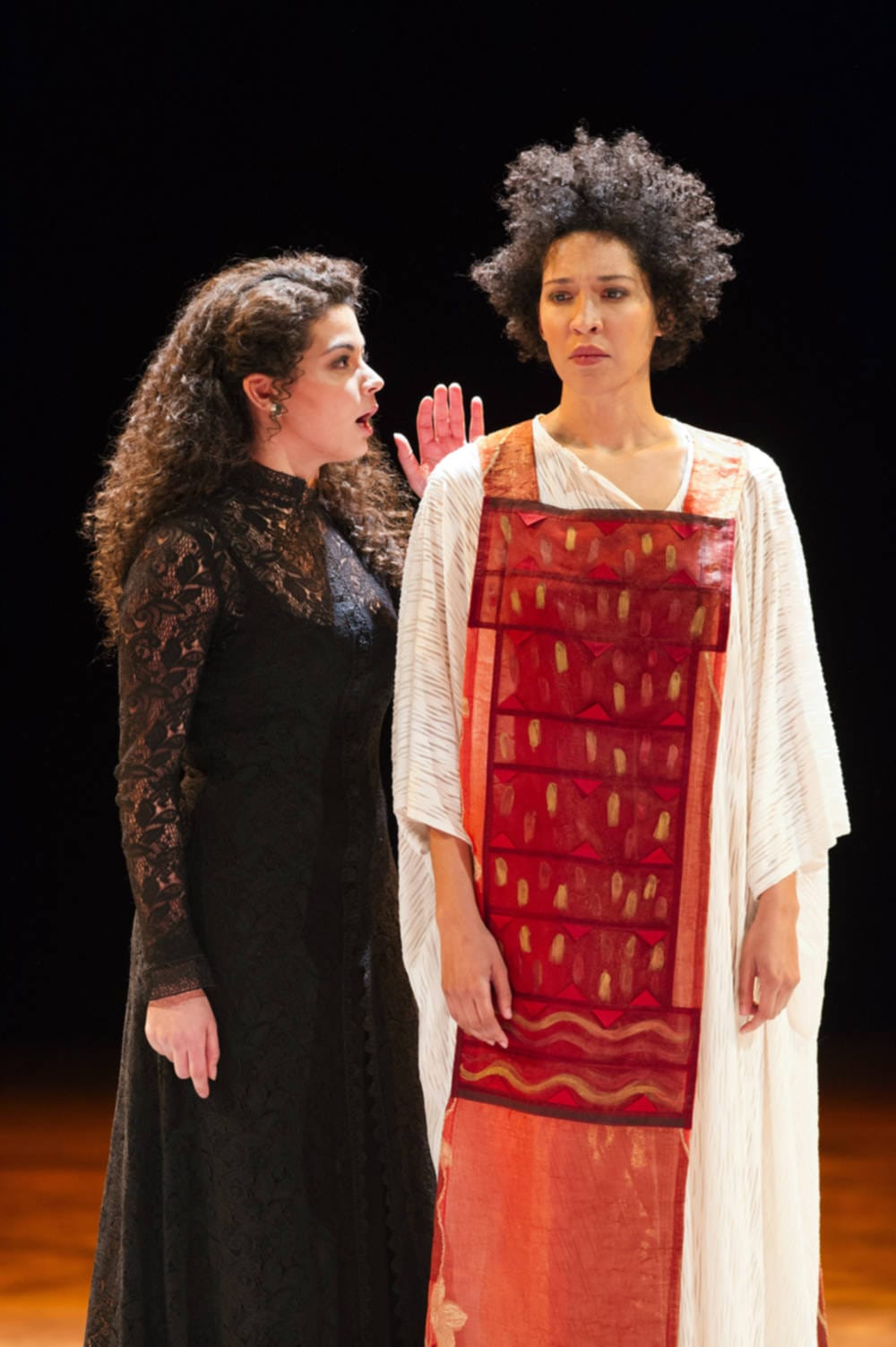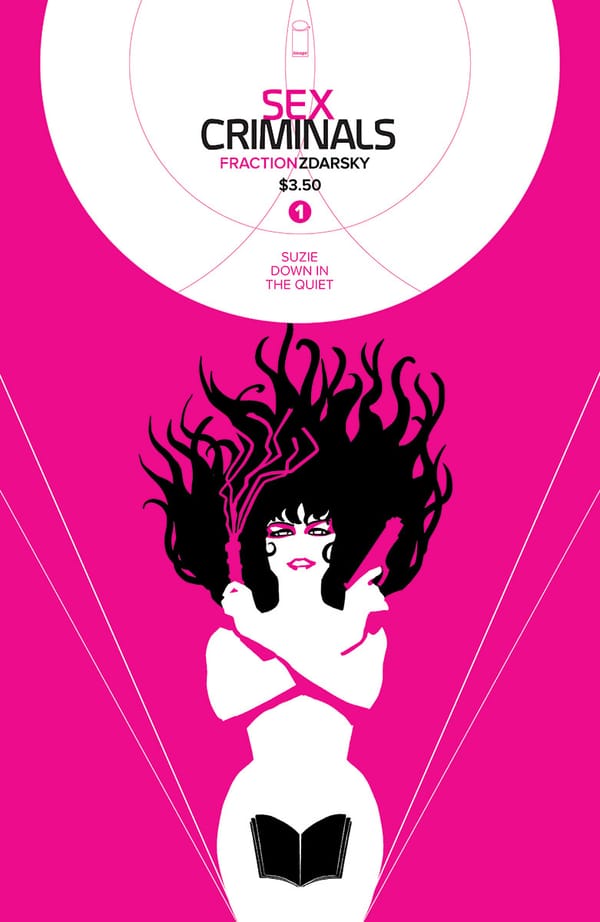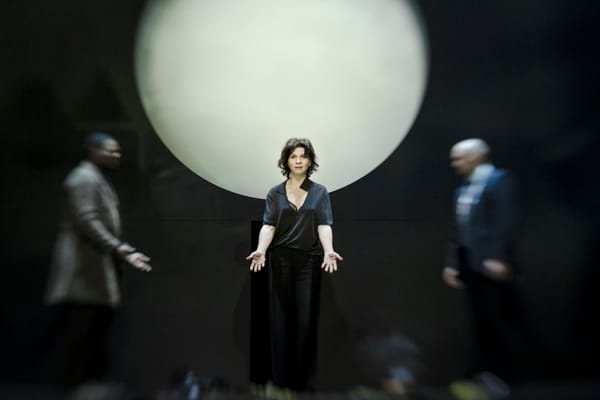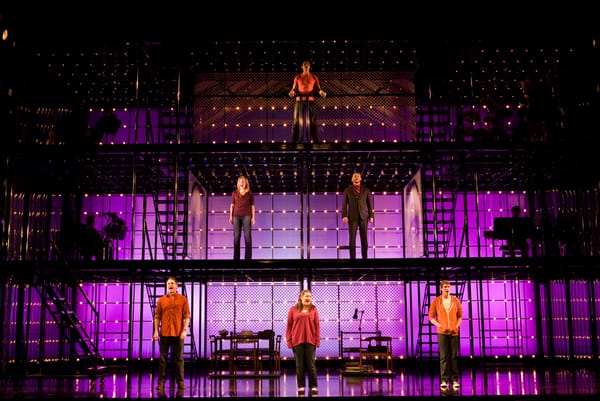The Indian Queen — Purcell’s Final Flourish
Kamil McClelland reviews Peter Sellars’ contemporary take on a classic

To call this production of The Indian Queen at the ENO Purcell’s opera might be seen as unfaithful to the extent to which Peter Sellars has reinvented the work. First performed in 1695 only a short walk away at Theatre Royal in Drury Lane, The Indian Queen was Henry Purcell’s final work, for he was to pass away tragically prematurely later that year. Based on a libretto of the same name written thirty years previously by John Dryden, Purcell was unable to finish the work, and hence it has been largely left abandoned from the contemporary repertoires of the world’s great opera houses. Yet, as brilliantly illustrated in this interpretation of the piece, Purcell’s music still carries all of the weight and majesty of his original vision, proving to any listeners that he was a true master of Baroque opera.
But why do I act as if Sellars’ version of the work, originally performed in 2013, is almost an entirely new work, or at least one that would be largely unrecognisable to the great Purcell himself? Well, in typical Sellars fashion he has turned his nose up at orthodoxy, creating a work as unique as his colourful dress sense or spiked up hair. From the colourful stage design by Angeleno graffiti artist Gronk, to the accompanying text by Nicaraguan writer Rosario Aguilar, overflowing with emotion, this is a collaboration of the arts in the truest sense, full of intrigue and excitement, once again showing why Sellars is one of the most highly acclaimed opera directors of our time.
This production forms part of Sellars’ six month residency at the ENO, one that he described as “very exciting” due to their “consistent artistic excellence” and “lack of orthodoxy”. As well as this production, he took on Adams’ The Gospel According To The Other Mary, which ran during last November and December, to great success. I was excited to see what The Indian Queen held for me. I couldn’t honestly say that I knew the work well at all beforehand, but I knew that whenever Sellars gets his hands on something it is going to be interesting.
Once again showing why Sellars is one of the most highly acclaimed directors of our time
Whilst Dryden’s original text tells the story of Latin America before the Spanish Conquest, Sellars has completely rewritten it, describing it as “unrevivable” due to its highly stylised take on the theme, as if it were some kind of French love story. Instead, he has transported the story forward a generation, to the horror and barbarism of the conquistadors, raping and pillaging as they went. And not only that, but he has reformulated it using text from The Lost Chronicles of Terra Firma, a novel by Rosario Aguilar telling the story of Mayan colonisation from a female standpoint. It is the tale of an Indian Queen, performed incredibly sensitively by Julia Bullock, married off to a sadistic Spanish general, whom she then falls helplessly in love with as he continues to destroy the culture and heritage of her people around her. It is an agonising insight into a story lost in the annals of history.
The opera opens with a series of Mayan creation scenes, contextualising the rich spiritual heritage that existed when Spanish forces, emotionless with their camo gear and assault rifles, arrived. In turn, panels painted by Gronk descend from above like a deity, a monolith akin to Kubrick’s creation myths in 2001: A Space Odyssey. Ballet dancers act out these tales, elegantly choreographed by Christopher Williams, occupying the stage with all the majesty of the gods they represent.
And how does 17th Century baroque music from Western Europe possibly accompany a story like this, dark and full of pain? Well, to my utter disbelief, perfectly! I think Sellars describes it perfectly when he says Purcell’s score is “the most emotionally overwhelming music I have ever put on stage”. Incorporating both the original music as well some of Purcell’s other religious works, a soundscape is created that is at one moment ethereal and in the next, heartbreaking – truly breathtaking.
They impose themselves on the stage with all the epicness of pre-Columbian temples
I cannot leave this review without going into more depth about graffiti artist Gronk’s unbelievable stage design. Each panel that descends from above, as if from heaven, is an artwork in itself, not merely some prop to aid understanding of the story; it is the story, as integral to it as any other part. He manages to embody the rich artistic heritage of Latin America, from the dazzling colours to the naturalistic designs to the anthropomorphic animal-god figures boldly defined on canvas, simultaneously bursting with energy and static, like a relief on the side of a Mayan pyramid at Chichen Itza. They impose themselves upon the stage with all the epicness of pre-Columbian temples, as if the whole opera is being performed in a vast religious space, with dramatic shadows projected onto them from the clever front-lighting. It is a wonder to behold, well worth the visit, let alone the accompanying genius of Purcell’s music. I really do hope for further collaborations between graffiti artists and opera houses, whether Gronk or someone else. No other group of artists have such a command and understanding of decorating space, whether it be our daily architectural surroundings or a West End stage – they are masters of the mural.
In the past, Sellars has been criticised a number of times for straying too far from the creators original vision, reinventing the opera as his own as opposed to simply enhancing themes that already exist in the work. However, I don’t mind too much and I don’t think Purcell would either. In this work, Sellars has created something truly unique, not only a gesamtkunstwerk that incorporates music, singing, art, spoken word and ballet, but also, unusually, an opera from a female perspective, thanks to Aguilar’s beautiful text. I had not realised how alien this idea was, an opera about women, until I actually saw this work; I suddenly realised that every single opera that I had ever seen was from the male perspective of an event, with female characters merely adding colour to the script. It was shocking, and highlighted to me the underlying sexism that pervades much of Western art – thank goodness for Sellars! He has created a work that is refreshing in every sense and is yet another example of his innovation in the field. And we mustn’t also forget to acknowledge the ENO in all of this: their tireless support of operas that break away from the conventional, even as they struggle for their existence due to the Draconian limitations imposed on them by Arts Council England, deserves to be celebrated. Lets hope it survives long enough to put on many more of Sellars works.
The Indian Queen is running at the English National Opera until 14th March. Tickets from £12.









